
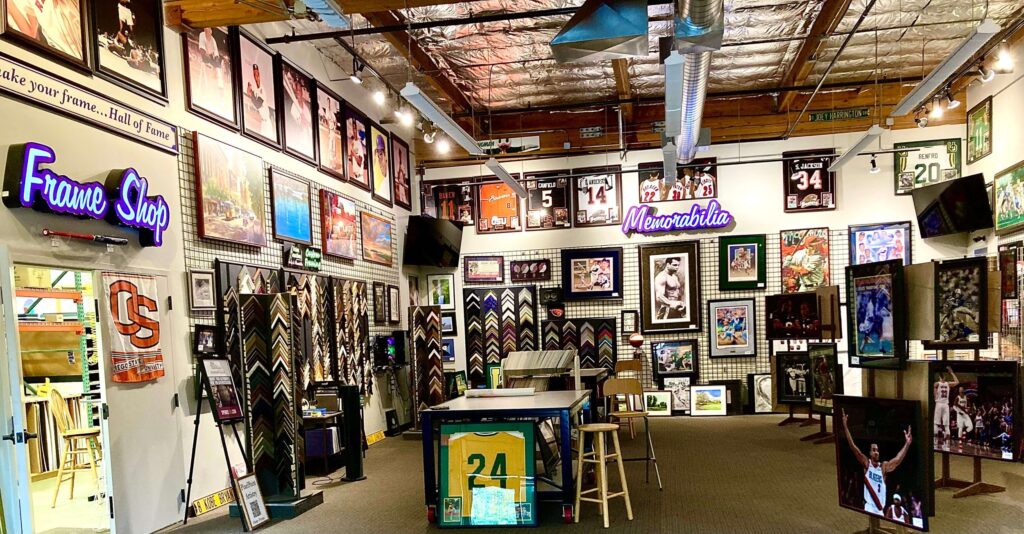
Every fan enjoys watching their favorite teams win, but they also love watching historical milestones being made. This year fans got to witness Shohei Ohtani of the Los Angeles Dodgers become the first ever player in Major League Baseball (MLB) history to achieve both 50 stolen bases and 50 home-runs in a single season, creating the first ever 50/50 club – raising the previous bar from the 40/40 club. After the fan grabbed the 50th home run, MLB quickly authenticated the ball. The MLB authentication team is tasked with making sure that all game-used paraphernalia gets the stamp of approval from MLB. The authentication team covers every single MLB affiliated game from spring training, the minors, and the World Series.
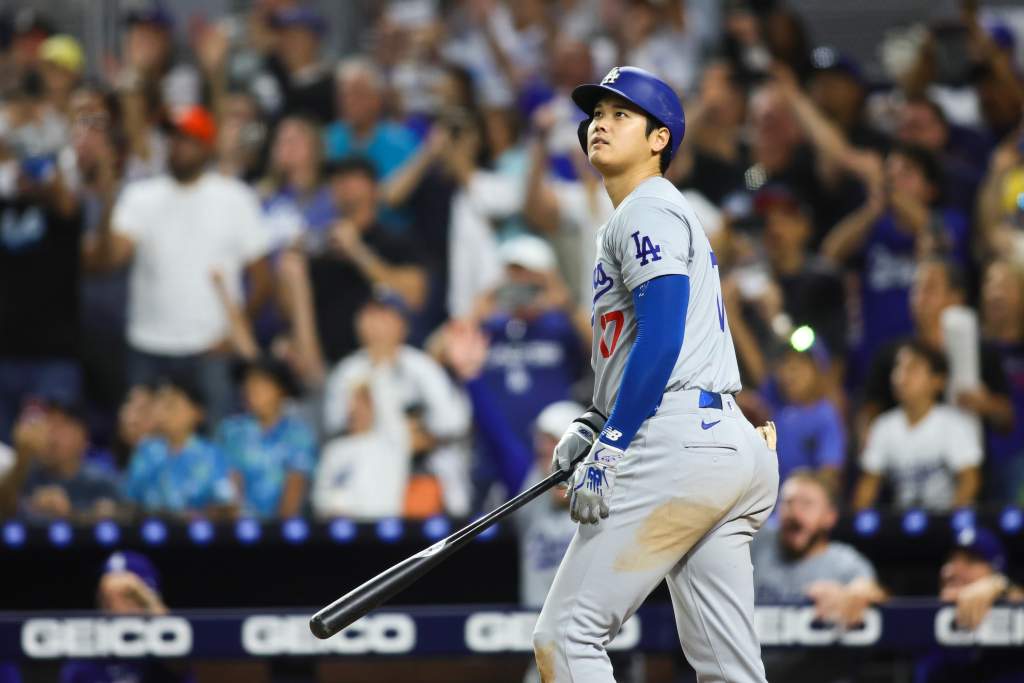
Photo courtesy of Sam Navarro-Imagn Images.
That baseball is going to be worth more than its weight in gold, that 50th baseball could fetch a high obscene amount at auction. A factor into why that baseball is going to be worth that much, is in part thanks to the MLB seal of approval. In order to understand how wild the sports collection market was before the authentication system (and not only for MLB but for all sports), we have to go back a few decades, from the 1980’s and especially in the 1990’s. This time period was considered the “Wild West” of sports memorabilia, a litany of fake autographs was being sold as the real deal to fans, things were so bad that the late, great Tony Gwynn, once spotted a gift shop at San Diego’s Qualcomm Stadium selling “Tony Gwynn autographs” with his signature blatantly forged.
The FBI entered the scene and thus “Operation Bullpen” case was created.
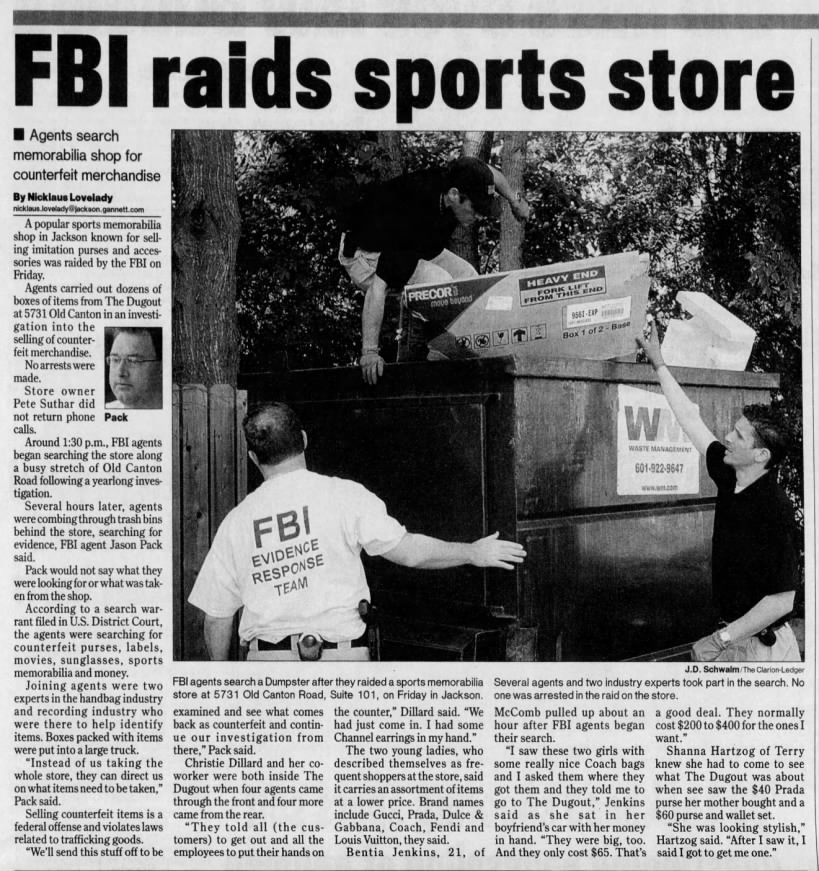
According to the official FBI website, the investigation started in Chicago in the early 1990’s with memorabilia claiming to be from Chicago Bulls legend Michael Jordan (the Chicago portion of the operation was called “Operation Foul Ball”). But FBI agents realized through the course of the investigation, that this wasn’t just a local problem, this was a national problem plaguing all of sports. Then came the Gwynn/San Diego field offices where they connected some of dots. In 1997, the FBI in San Diego utilized information from Operation Foul Ball and other sources to establish an undercover operation to infiltrate the nationwide memorabilia fraud network.
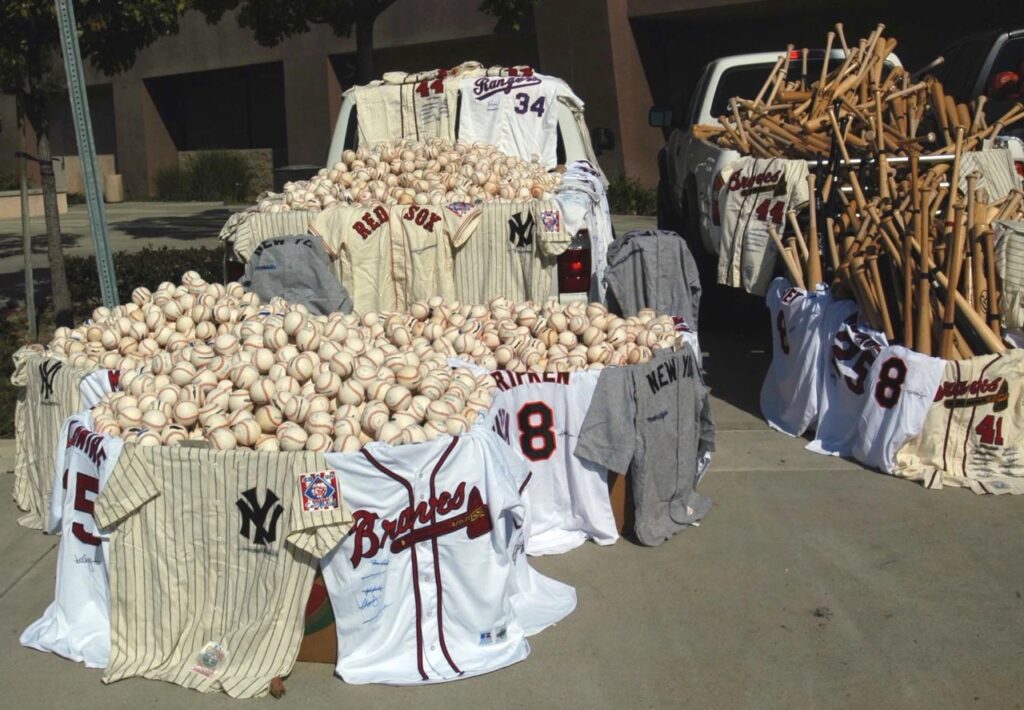 |
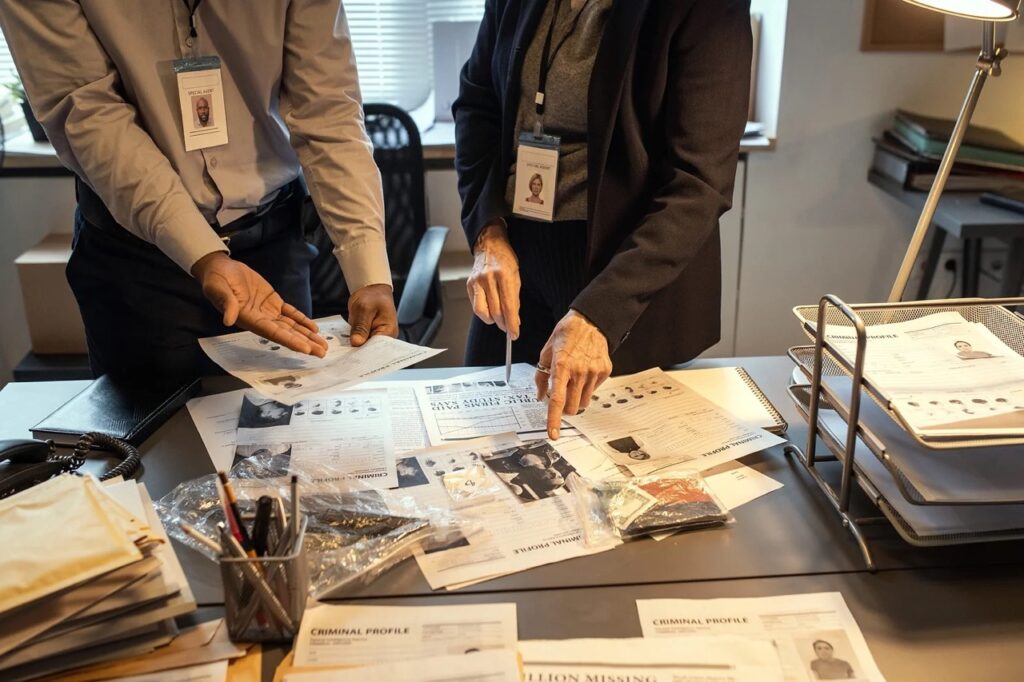 |
The FBI along with the U. S. Attorney’s Office and the Internal Revenue Service, an undercover scenario was organized where an Undercover Agent would pose as a distributor of American sports memorabilia in Asia. This scenario permitted the FBI to purchase evidence without the sale of forged items being sold to the public. Criminals confidently discussed about the counterfeit nature of the memorabilia, because the items were ‘going overseas’ which was beyond the reach of all U. S. law enforcement agencies. The FBI established the Nihon Trading Company in Oceanside, California to further preserve the “cover story.” The overall goal of the operation was to infiltrate the forged memorabilia market and obtain recorded statements from individuals who were identified as counterfeiters, authenticators, and distributors of counterfeit memorabilia.
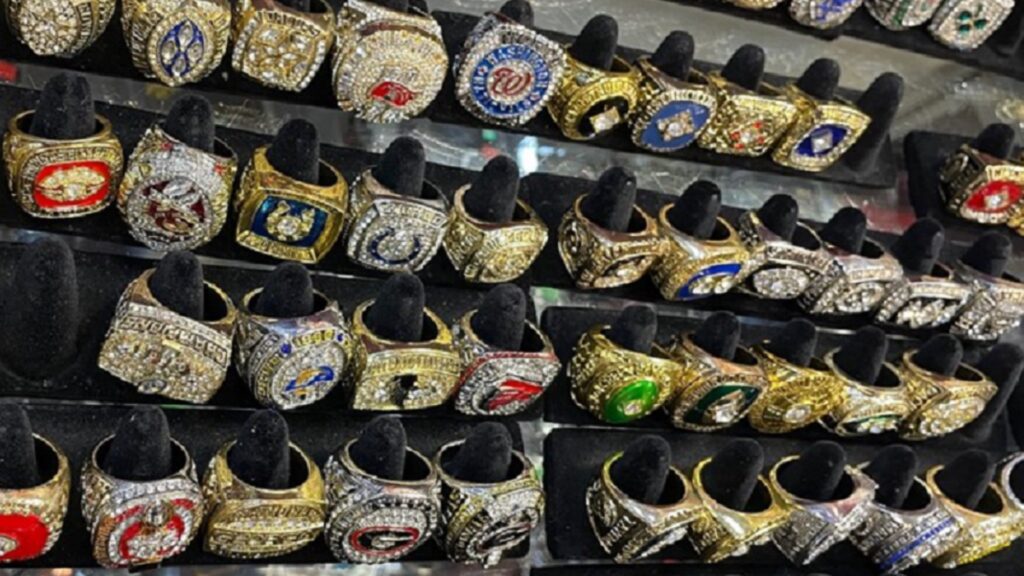
The outcome from Operation Bullpen resulted in an authentication system where everyone involved with MLB are now on the same page. The players don’t want people profiting off their names with counterfeit items and the league also doesn’t want scammers using its name and brand. While forged sports memorabilia still exists today, it’s nowhere near to the old Wild West days.







